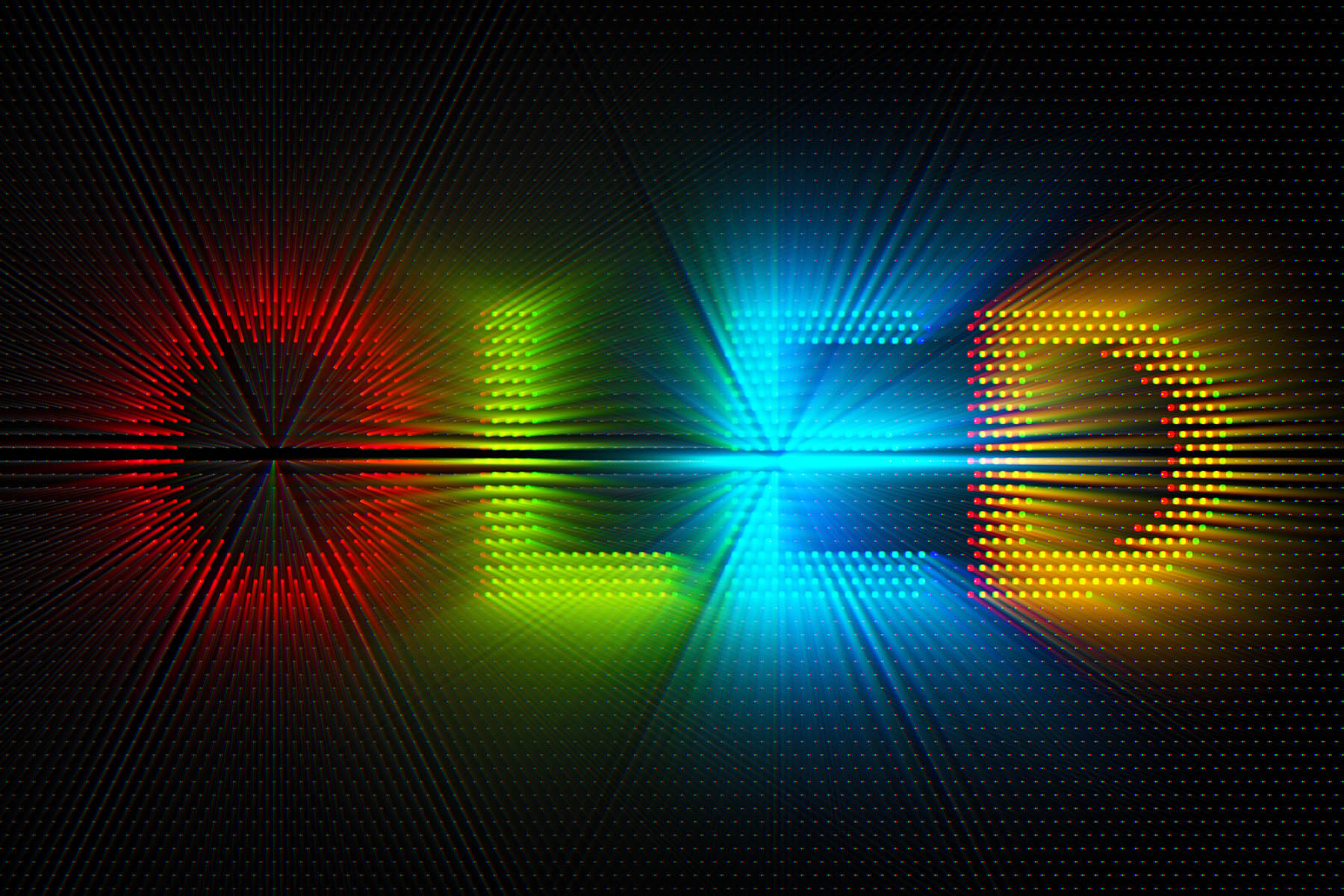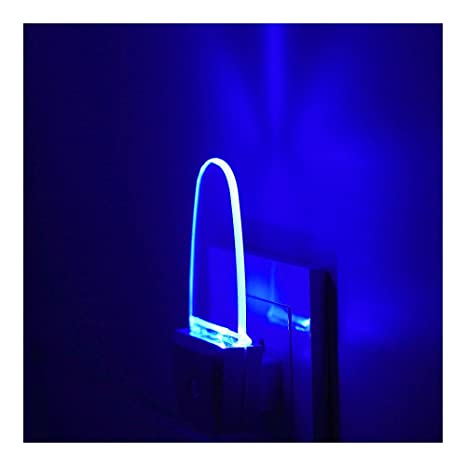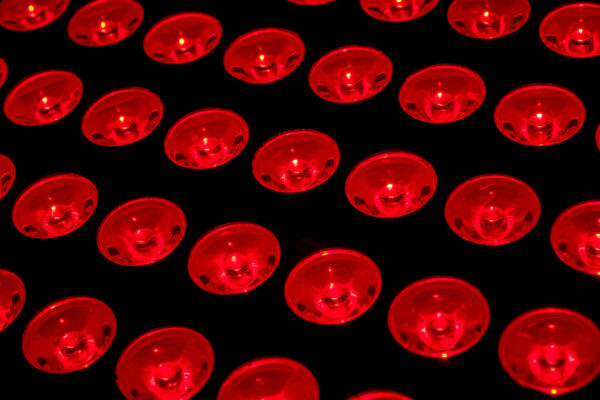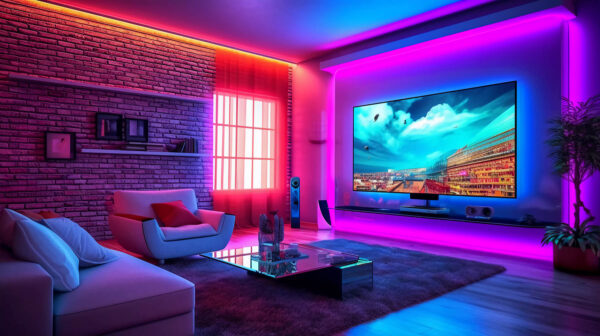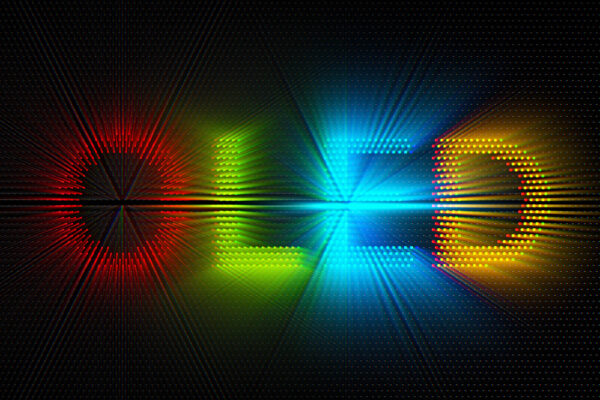Introduction to OLED Technology in Lighting
The future of lighting is being reshaped by the advent of OLED (Organic Light Emitting Diodes) technology. OLED lighting stands out for its ability to offer even, diffused light in a thin, flexible form factor. Unlike traditional LEDs that emit light from a small point source, OLED panels produce light across their entire surface, which can be both transparent and flexible. This opens up new possibilities in design, allowing for more creative and integrated lighting solutions in various settings.
Advantages of OLED Lighting Over Traditional LEDs
OLED lighting offers several advantages over traditional LED and incandescent lighting solutions. One of the key benefits is the quality of light. OLEDs provide a natural, soft light with a wide viewing angle, which is less harsh on the eyes compared to the point-source light of LEDs. They also have the potential for greater energy efficiency and a smaller environmental impact, as OLEDs are made from organic materials and require less energy to produce.
The Aesthetic Potential of OLED in Architectural and Design Applications
The aesthetic potential of OLED lighting in architectural and design applications is immense. OLEDs can be made transparent, flexible, and even color-tunable, allowing architects and designers to integrate lighting into materials and structures in innovative ways. This could revolutionize the design of spaces, offering ambient lighting solutions that blend seamlessly with the environment, enhancing both functionality and visual appeal.
Innovations in OLED Technology: Enhancing Efficiency and Lifespan
Continued innovations in OLED technology are focused on enhancing efficiency and lifespan, which are currently the primary challenges. Research and development efforts are geared towards increasing the luminous efficacy and longevity of OLED panels. Advances in material science and manufacturing processes are expected to address these challenges, making OLEDs more competitive with traditional LED technology in terms of performance and cost.
OLED Lighting in Sustainable and Energy-Efficient Designs
OLED lighting is set to play a significant role in sustainable and energy-efficient design. Its potential for low energy consumption aligns with the growing demand for green and sustainable technologies in building and interior design. Additionally, the use of organic materials in OLEDs presents an opportunity for more environmentally friendly lighting solutions, reducing the reliance on inorganic and potentially hazardous materials.
The Role of OLED in Smart Lighting and IoT Integration
The integration of OLED technology with smart lighting systems and the Internet of Things (IoT) presents exciting possibilities. OLED panels can be easily incorporated into smart lighting solutions, offering controllable and customizable lighting environments. This can improve energy efficiency, user comfort, and convenience, making OLED a promising component in the future of connected and intelligent buildings.
A Bright Future for OLED Lighting
In conclusion, the future of OLEDs in the lighting industry looks bright, with vast potential to revolutionize how we think about and use light. As technology continues to advance, overcoming current limitations in efficiency and lifespan, OLED lighting is poised to become a major player in the lighting market. Its unique properties, such as flexibility, transparency, and uniform light distribution, offer unprecedented opportunities for innovation in lighting design and applications, paving the way for a more sustainable, efficient, and aesthetically pleasing lighting future.

